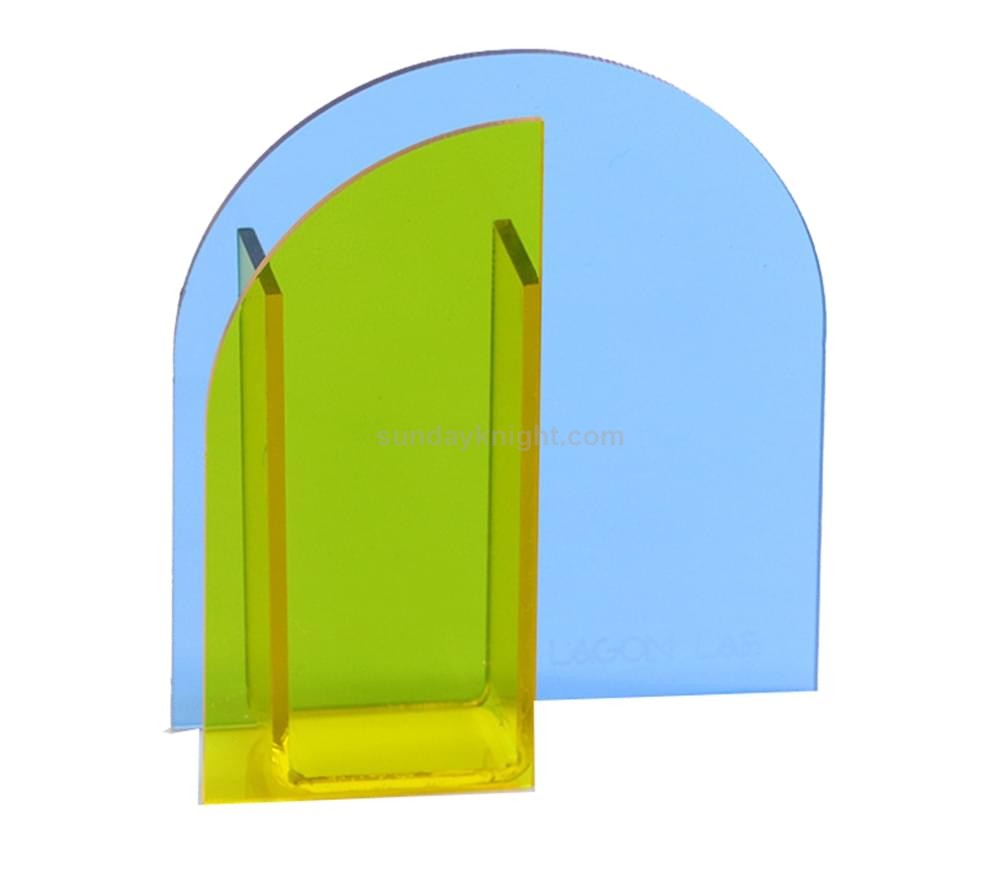As we march forward into the future, technology continues to reshape our lives in ways we could never have imagined. One material that has been gaining prominence in various technological applications is acrylic. Acrylic, a versatile and transparent plastic, has found its way into numerous industries, from electronics to healthcare. In this article, we will explore the potential prospects of acrylic in future technology and how it is poised to play a pivotal role in shaping our world.



- Acrylic in Electronics:
Acrylic’s exceptional optical properties make it an ideal candidate for the display and optics industry. Its transparency and optical clarity enhance the performance of devices such as smartphones, tablets, and televisions. With the constant demand for higher resolution displays, acrylic’s role in future technology is set to grow. Innovations in acrylic manufacturing and processing techniques are expected to lead to thinner and more durable displays, making it an essential component in next-generation electronic devices. - Acrylic in Healthcare:
In the healthcare sector, acrylic has been widely used for medical equipment and devices. Its biocompatibility and ease of sterilization make it suitable for applications such as surgical instruments, dental implants, and even artificial organs. As healthcare technology advances, acrylic is likely to find new roles in areas like 3D-printed prosthetics, drug delivery systems, and tissue engineering. The future of medicine is intricately linked with acrylic’s versatility. - Sustainable Acrylic:
The environmental concerns of our time are pushing for sustainable solutions in all aspects of technology. Acrylic has already made strides in this regard with the development of bio-based acrylics and recycling programs. Future technology will demand eco-friendly materials, and acrylic is poised to meet this requirement. Sustainable acrylic options are expected to gain popularity in industries like automotive, construction, and packaging. - Acrylic and Energy Efficiency:
Energy efficiency is a central theme in future technology. Acrylic’s insulating properties and light-transmitting capabilities make it a candidate for applications in energy-efficient buildings and renewable energy systems. Acrylic-based materials can be used for advanced windows and solar panels, harnessing solar energy while maintaining comfortable indoor environments. The integration of acrylic into smart buildings and green energy solutions is a promising avenue for future development. - Acrylic in Transportation:
The transportation industry is evolving rapidly, with a focus on sustainability and safety. Acrylic’s lightweight nature and impact resistance make it an excellent choice for aircraft, automobiles, and public transportation. As electric and autonomous vehicles become more prevalent, acrylic’s potential to reduce vehicle weight and improve safety through advanced windshields and vehicle components cannot be underestimated.
Conclusion:
Acrylic, often overlooked, is quietly emerging as a key player in shaping the future of technology. Its optical clarity, versatility, and sustainability make it a material of choice in various industries. As we look ahead, acrylic is set to play a pivotal role in innovations across electronics, healthcare, sustainability, energy efficiency, and transportation. Its transformative potential underscores the need to continue research and development in acrylic-based technologies to unlock the full spectrum of possibilities it offers for a brighter and more sustainable future.
